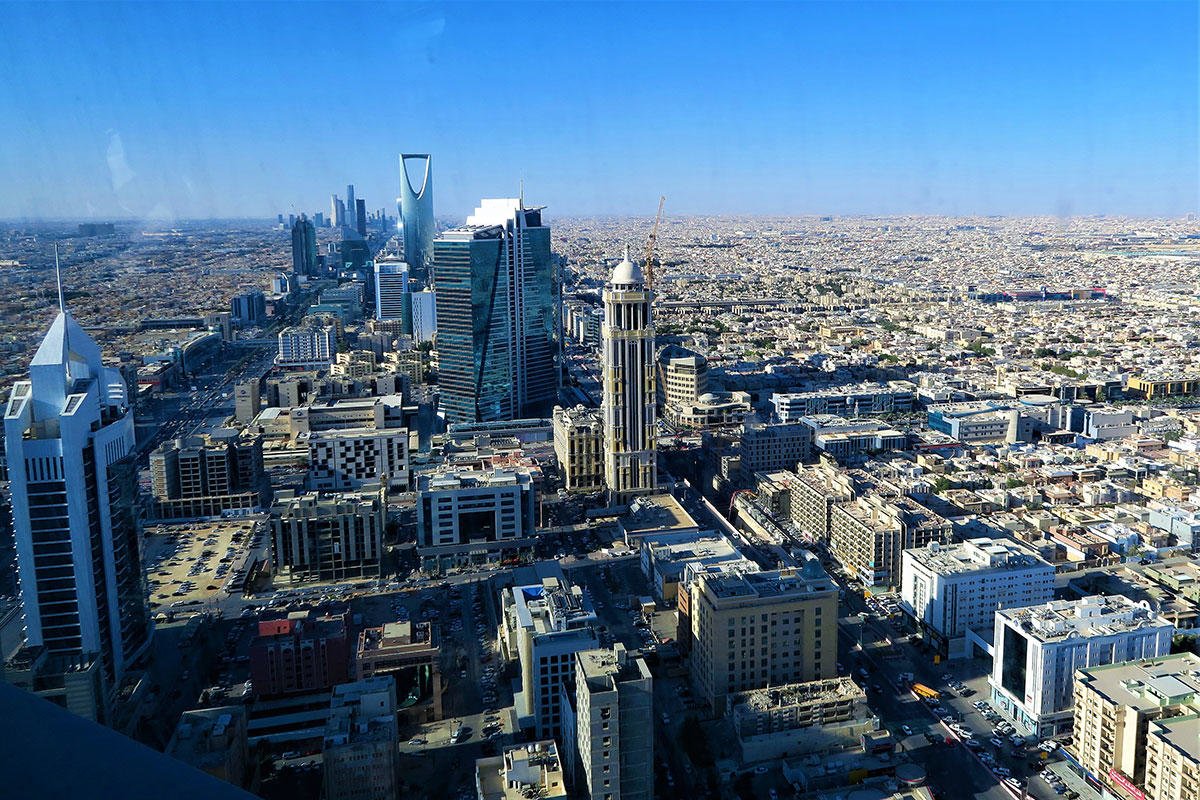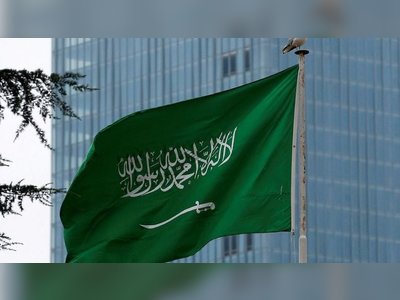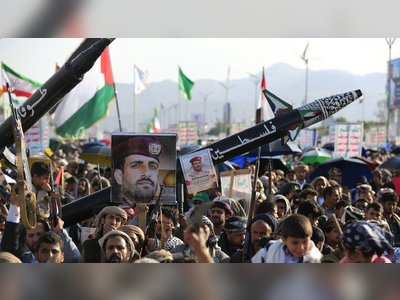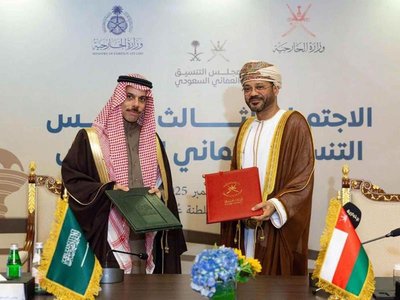
Thousands of Saudi expats lose jobs as unemployment spikes in coronavirus crisis
Saudi Arabia is expected to see a gradual improvement in its unemployment rate over the coming months as the kingdom opens up its economy and continues lifting restrictions related to the coronavirus pandemic, analysts have said.
However, the country may not be able to rely on annual dividends of almost $75 billion from state oil company Saudi Aramco to plug its budget deficit beyond next year unless crude prices increase, they added.
Jadwa Investment said jobs prospects are likely to improve in the Saudi market after the unemployment rate jumped to 15.4 percent in the second quarter of 2020, up from 11.8 percent in Q1, mainly due to the impact of the pandemic.
The General Authority for Statistics (GaStat) said the number of expats in the labour market declined by 19,000, on a net basis, in Q2, as lockdowns forced many out of work.

At the same time, GaStat data showed that the number of new private sector expat work visas issued in Q2 totalled 32,000, significantly lower than the 342,000 issued during Q1.
"Despite this, the data also shows that 97 percent of issued visas were unused, whilst the remaining 3 percent were cancelled. This comes as no surprise considering that pandemic induced travel restrictions were also imposed during the quarter," Jadwa noted.
Jadwa added that on a sectorial basis, most sectors saw a decline in the number of both Saudi and expat workers in Q2, with the highest number of losses in the private sector seen in education, wholesale and retail and professional activities, similar to trends observed on an international level.
Labour force participation was up significantly in Q2 to 48.8 percent, versus 46.2 percent in Q1, with a sizeable rise in female participation being observed, analysts added. Jadwa said: "Looking ahead into H2 2020, we expect the opening up of the economy, and continued lifting of restrictions related to the pandemic, to improve jobs prospects in the local market.
Overall, we expect to see a gradual improvement in Saudi unemployment rate during H2, with the extension of Saned scheme, as well as other initiatives by the Human Resources Development Fund (HRDF) and the Ministry of Human Resources and Social Development (MHRSD), all playing their part in this improvement going forward."
Separately, Moody's Investors Service said on Friday that Saudi Arabia may not be able to rely on annual dividends of almost $75 billion from state oil company Saudi Aramco beyond next year unless crude prices increase.
The government, which owns 98 percent of Aramco, has depended on the dividend to help plug its budget deficit.
“The government is unlikely to be able to repeat the maneuver beyond 2021,” Moody’s said in a report. This is the case “particularly when taking into account Saudi Aramco’s own capital expenditure needs and its commitment” to buying Saudi Basic Industries Corp".
Aramco agreed earlier this year to buy 70 percent of the chemicals maker from the government’s Public Investment Fund for $69 billion.
Aramco pledged during its 2019 initial public offering to pay out $75 billion to shareholders during its first five years as a publicly traded company.
To honour its dividend pledge, the world’s biggest oil company has said it would decrease spending. It has also laid off hundreds of workers and announced plans to sell non-core assets.
Saudi Arabia last week published an overview of its spending for the next three years that envisages annual cuts to help contain its fiscal deficit. The plans were based on oil prices of around $50 a barrel, according to a Goldman Sachs Group analysis. Benchmark Brent crude was trading Thursday at around $43 a barrel.
Latest data released by the Saudi statistics authority show that the non-oil private sector, the engine of job creation, contracted by more than 10 percent despite a government stimulus program that covered 60 percent of salaries for many Saudi workers during the pandemic.
The world’s largest oil exporter is facing a dual crisis this year as the pandemic, energy output cuts and lower crude prices combine to derail a fragile economic recovery from the last oil-price rout. The International Monetary Fund expects output to contract 6.8 percent this year, followed by 3.1 percent growth in 2021.
Conditions remain tough even though coronavirus restrictions have eased. Government spending is constrained by lower oil revenue, while economists predict that a rebound in consumer activity after the lockdown ended is likely to be short-lived as austerity measures like the tripling of value-added tax pressure household budgets.
If the spike in unemployment sticks, it would represent a major setback for Crown Prince Mohammed bin Salman, whose economic transformation plan is predicated on creating enough private sector jobs for the kingdom’s youthful population.











